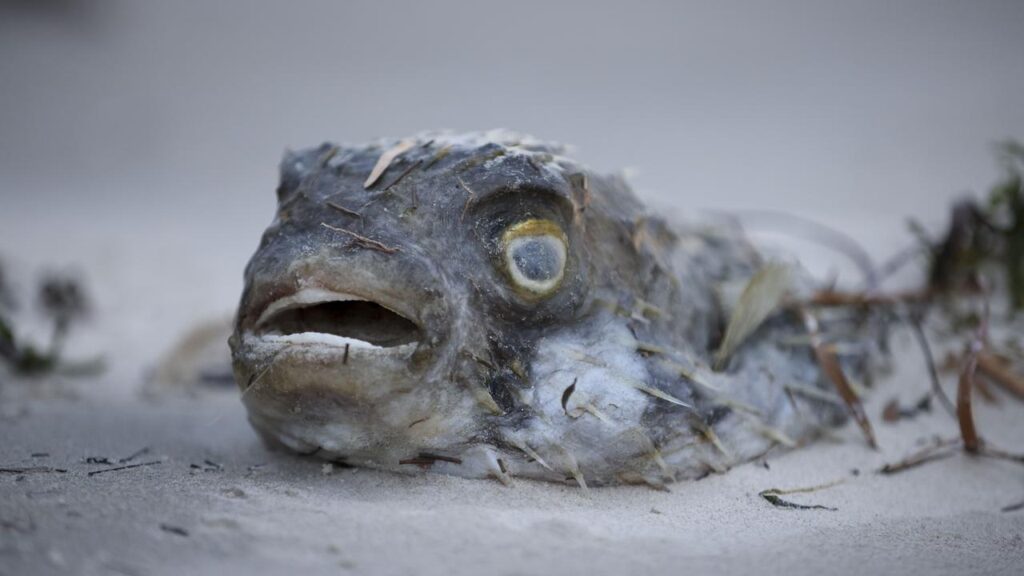Apology over slow response to algal bloom crisis
Savannah Meacham |

The federal environment minister has apologised, acknowledging authorities have been too slow to respond to an algal bloom that’s killing vast swathes of marine life.
Tens of thousands of marine animals have been killed since an algal bloom was identified off the Fleurieu Peninsula in South Australia in March, and has since spread along the coastline.
Environment Minister Murray Watt has apologised to South Australians who believe not enough has been done to tackle the escalating marine crisis.

“I accept that South Australians think that governments were too slow to respond to this event, and for that, I apologise,” Mr Watt told Nine’s Today Show on Monday.
But he touted the government’s recently announced jointly funded $28 million package.
The reason it took months for the funding was because the federal government was working to “understand” the unprecedented event, Mr Watt said.
“We are in uncharted waters as to how to deal with it and what support is needed,” he said.
There was initially a belief weather conditions would intervene to disperse the algal bloom at an earlier stage – but that didn’t happen.
When asked if there would have been a quicker response if the bloom was at Sydney’s Bondi Beach or Queensland’s Gold Coast, Mr Watt pointed the finger at the media’s coverage.
“There may well have been, I’m not responsible for what the national media decide to cover,” he said.

He now hopes the $28 million package will support affected businesses, undertake more research and clean up the beaches where thousands of dead marine animals have washed up.
“I can assure South Australians that the federal government is very much engaged,” he said.
Researchers will now investigate how marine heatwaves, as a result of climate change, are intensifying the algal bloom conditions.
It will also probe how other countries like New Zealand have dealt with the bloom events and why this particular occurrence in SA has been so severe.
A Senate inquiry has also been launched to investigate the algal bloom that has devastated more than 450 species since it was identified.
One of those species includes the giant cuttlefish, which migrates to the state’s Upper Spencer Gulf to breed, and is facing a catastrophic wipe-out, according to the Biodiversity Council.
The bloom couldn’t be declared a natural disaster under the existing definition, despite calls from scientists and the SA government.
A natural disaster declaration would trigger special federal assistance measures to support individuals, businesses and communities in their recovery.
The algal bloom is attributed to 2022-23 Murray floodwaters pushing nutrients into the ocean, an upwelling of nutrient-rich water from deep off the continental shelf caused by changing ocean currents, and a 2.5C marine heatwave that started in 2024.
AAP


